Meghalaya – A story of dry waterfalls.
Close on the heels of my Gujarat trip that I completed on 17 Feb 2021, I embarked upon another one starting 27 Feb, this time to the northeast. The places on the bucket list were Guwahati, Meghalaya, and Arunachal Pradesh. However, after doing Meghalaya; mainly the eastern (Khasi) part of it; I had to cut short in the wake of some urgency back home. Arunachal and many other parts of the northeast remain on a priority though, as they say, there always is a next time.
The state has many things to its credit. Beautiful hills and
valleys, clean environment, the cleanest village in Asia - Mawlynnong, the
clean and crystal clear river Dawki, and the wettest place on the earth –
Cherrapunji; all make the state numero uno in the shining feats of Nature.
Cherrapunji, also
called Sohra, records lots of rainfall around the year as a result the
waterfalls are always brimming with water. However, not this year. As I
witnessed one after the other, each one had either dried up or there was very
little water falling from the spot. Such a sight appeared very unpleasant to
the eye, I was told that Sohra hadn’t seen a rainfall since August 2020.
Obviously, the climate is changing fast and erratically.

1.
Nohkalikai falls
2.
Nohsngithiang falls
3.
Dain Thlen falls
4.
Wah Kaba falls
5.
Wei Sawdong falls
6.
Tlai falls
7.
Bophill / Borhill falls
8.
Rainbow falls
9. Elephant falls (Shillong)
Noh Ka Likai is the second highest free leaping waterfalls in India. At 340m (1115 feet). The legend has it that a woman Ka Likai jumped to her death in the falls as she was fed her own daughter’s flesh by deception. ‘Noh’ in the local dialect means jump and the place where Ka Likai jumped into the waterfalls took her name Noh-Ka-Likai. The waterfalls as seen from the viewing point appears not like a giant but only a small stream of water sticking to the rock and flowing down rather than having a free fall.
Nohsngithiang falls, also called the Seven Sisters, alas,
had no water in the first week of March 2021. My biggest disappointment was
this terrible sight. This one, at 315 metres (1033 feet) is only second to the
Nohkalikai Falls.
See the photo of the waterfall spot though.
Bophill / Borhill falls
Another dry spot on the way to Dawki from Mawlynnong. The
road runs parallel to the Indo-Bangladesh border. I must add that during the rainy
season Borhill waterfalls would be a majestic view to behold. However, all I saw
was a wet rock with just a little water.
Dain
Thlen falls once again present a lean look, maybe with
about 25% of the water from its peak during the monsoons. The riverbed is a solid
plateau with a firm rocky bed.
Then there are two falls, each one a three-tiered cascade,
which involved some steep trekking to reach the respective spots. One is the Wei Sawdong falls, about three
kilometers downstream of the Dainthlen falls, and the other is the Tlai falls, about 2 kilometres upstream
of the Nohkalikai Falls. The tiered water falling in these two falls is very
thin nevertheless the visit was worth it.
The Wei Sawdong trek has steps covering half the slope and
there is a well laid out trek with bamboo supports in the remaining distance to
the river bed. The trek to the Tlai falls has no such facility and is a very
steep trek (maybe a kilometer or so) to do. One ought to be extra careful while
negotiating the sloppy track.
Rainbow
falls
This is the fall that is worth the visit. It is in Nongriat
village area and at a hiking distance of about three and a half kilometers or
about an hour and a half from the Double Decker root bridge. The water flow is
considerably reduced and the rainbow effect can’t happen because the water drops about 2 metres short of the rock edge where it would normally fall and
turn into misty vapours that reflected the rainbow colours in direct sunlight.
Rainbow effect is also visible when there is a huge waterfall with rising mist.
Both the conditions were missing when I went there.
The
Pelangi waterfalls (Air Terjun Coban Pelangi) in Indonesia is one
such spectacular sight where one can catch the rainbow, provided one is there
at the right time and the sun is not obstructed.
The Best Time to Visit
Though Meghalaya can be visited throughout the year, yet it would be better to be there either during the monsoons or latest by the end of October. I found the waterfalls dry in the first week of March 2021.






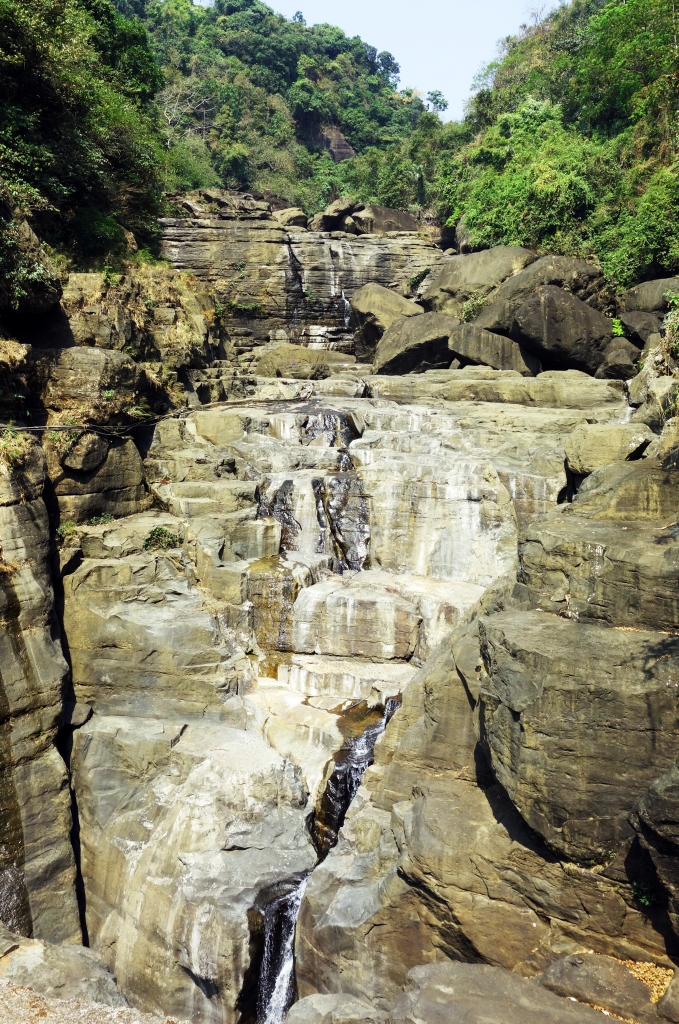







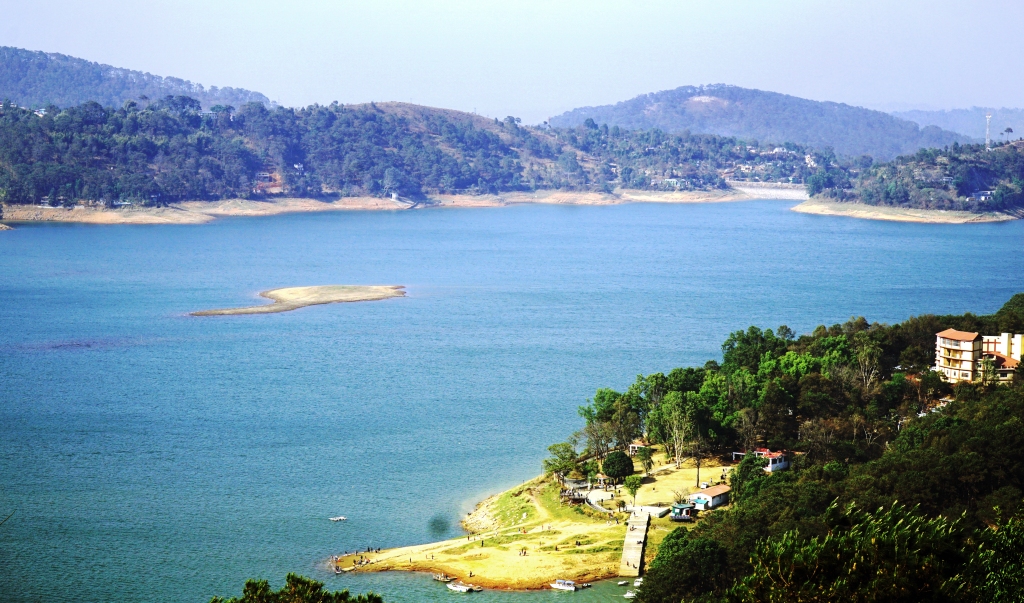




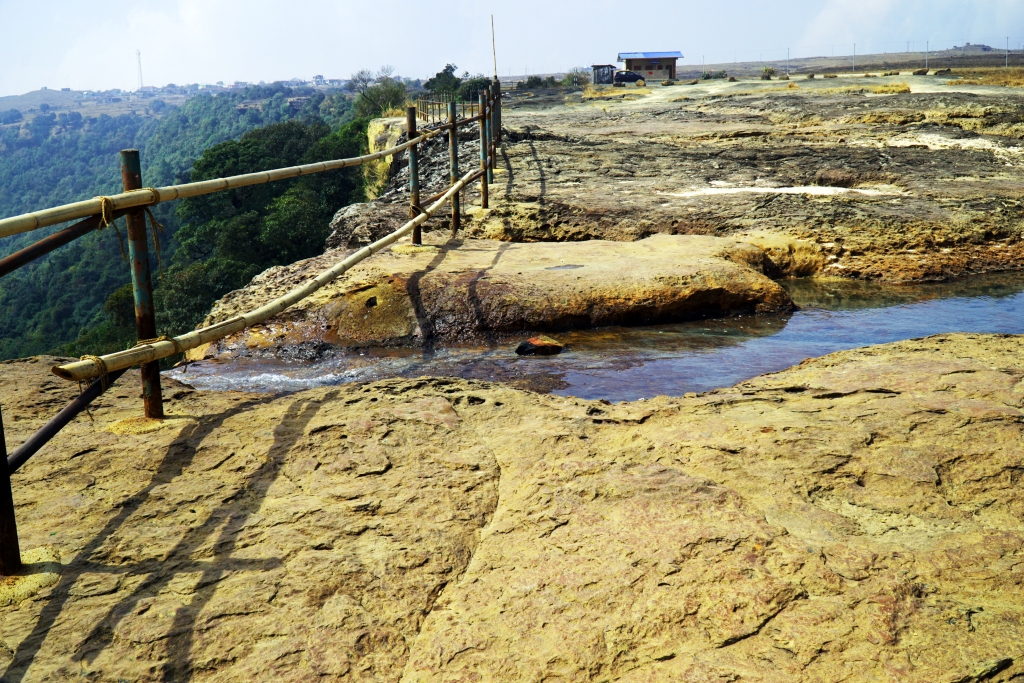

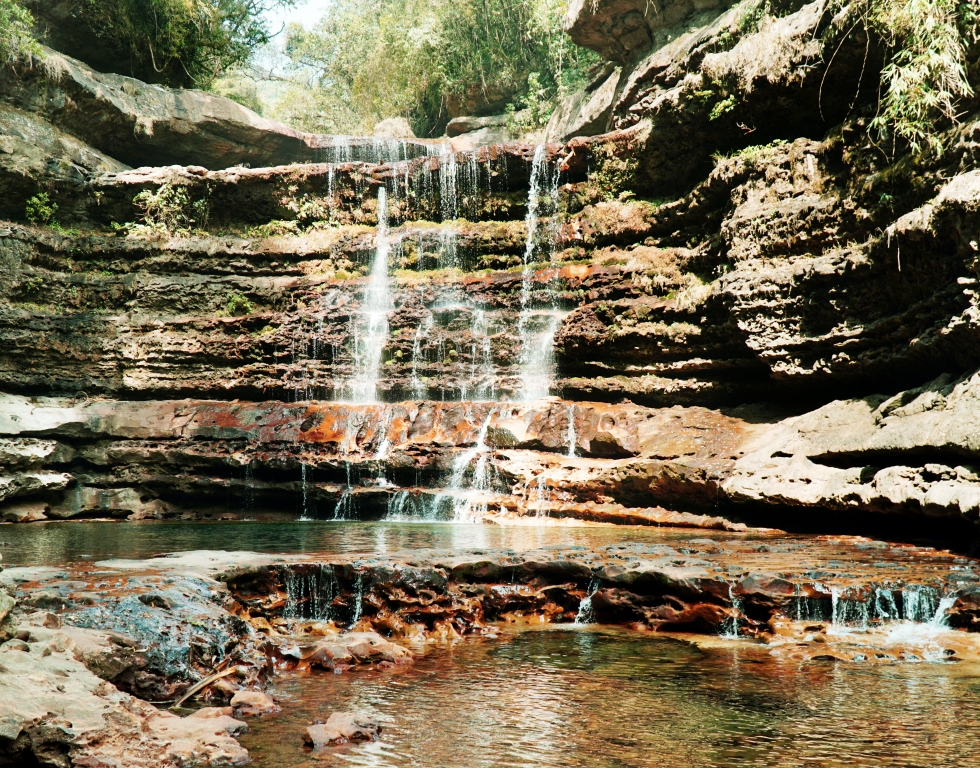
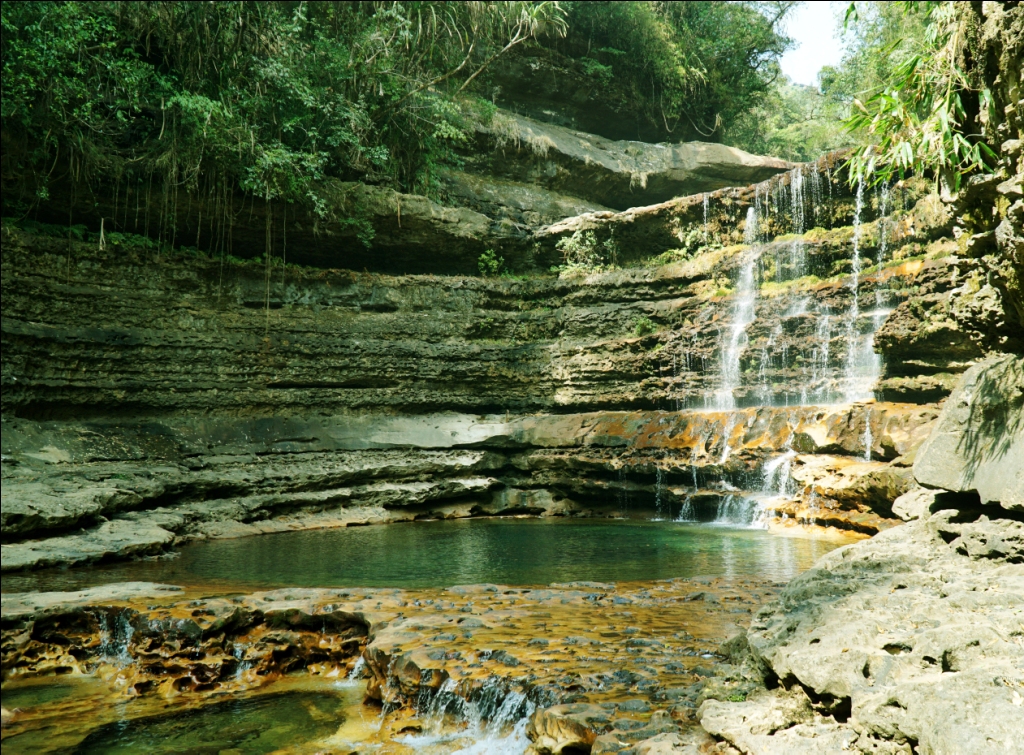


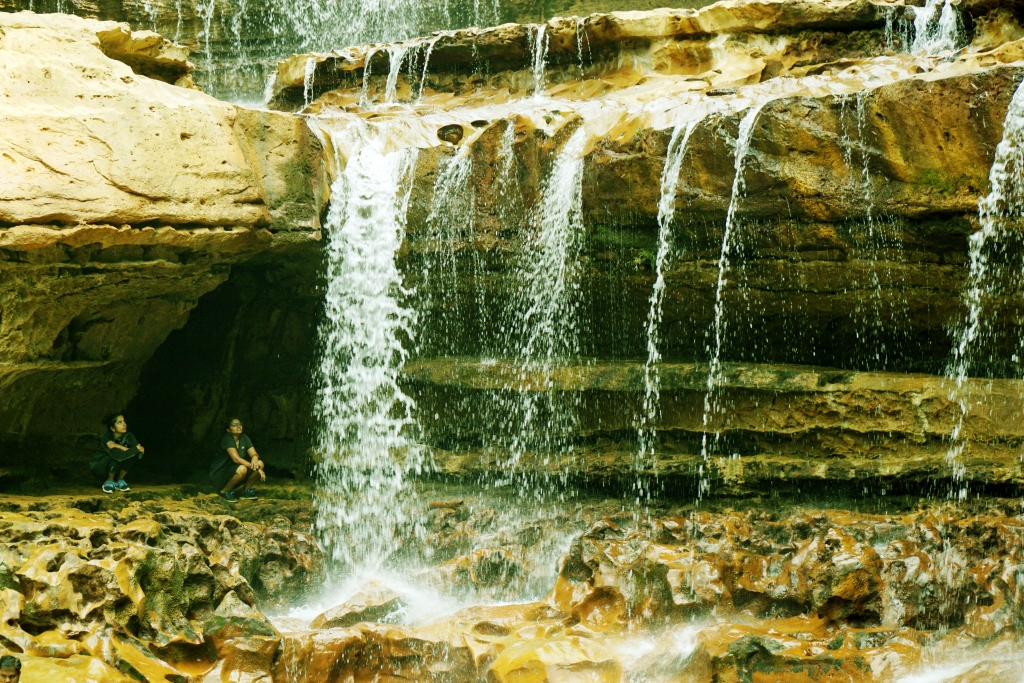





Despite less water the falls look beautiful, can imagine how they would look like in monsoon or the wet season.
ReplyDeleteIt’s sad how the climate change is effecting the nature, no ice on the mountains, no/less water in the waterfalls.
Thanks, Jayanti. Your observation on the changing climate is apt. We humans are the worst enemy of mother Nature. Our greed is proving self destructive. Anyway, I intend to plan again so as get full bodied views and photographs.
Delete....its a fact that " Nature can satisfy every man's need but not every man's greed ".
ReplyDeleteAptly said that. Thanks for the comment.
Delete